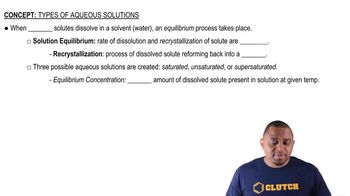Here are the essential concepts you must grasp in order to answer the question correctly.
Semiconductors
Semiconductors are materials with electrical conductivity between that of conductors and insulators. Their conductivity can be modified by adding impurities, a process known as doping. This property allows semiconductors to be used in various electronic devices, as they can be engineered to conduct electricity under specific conditions.
Recommended video:
Doping
Doping is the intentional introduction of impurities into a semiconductor to change its electrical properties. N-type doping involves adding elements with more valence electrons than the semiconductor, providing extra electrons for conduction. P-type doping, on the other hand, involves adding elements with fewer valence electrons, creating 'holes' that facilitate positive charge movement.
N-type and P-type Semiconductors
N-type semiconductors are created by doping with elements that have extra electrons, such as phosphorus in silicon, which increases electron concentration. P-type semiconductors are formed by doping with elements that create holes, such as boron in silicon, which allows for the movement of positive charge carriers. Understanding the type of doping helps determine the semiconductor's behavior in electronic applications.
Recommended video:
Types of Aqueous Solutions
 Verified step by step guidance
Verified step by step guidance

